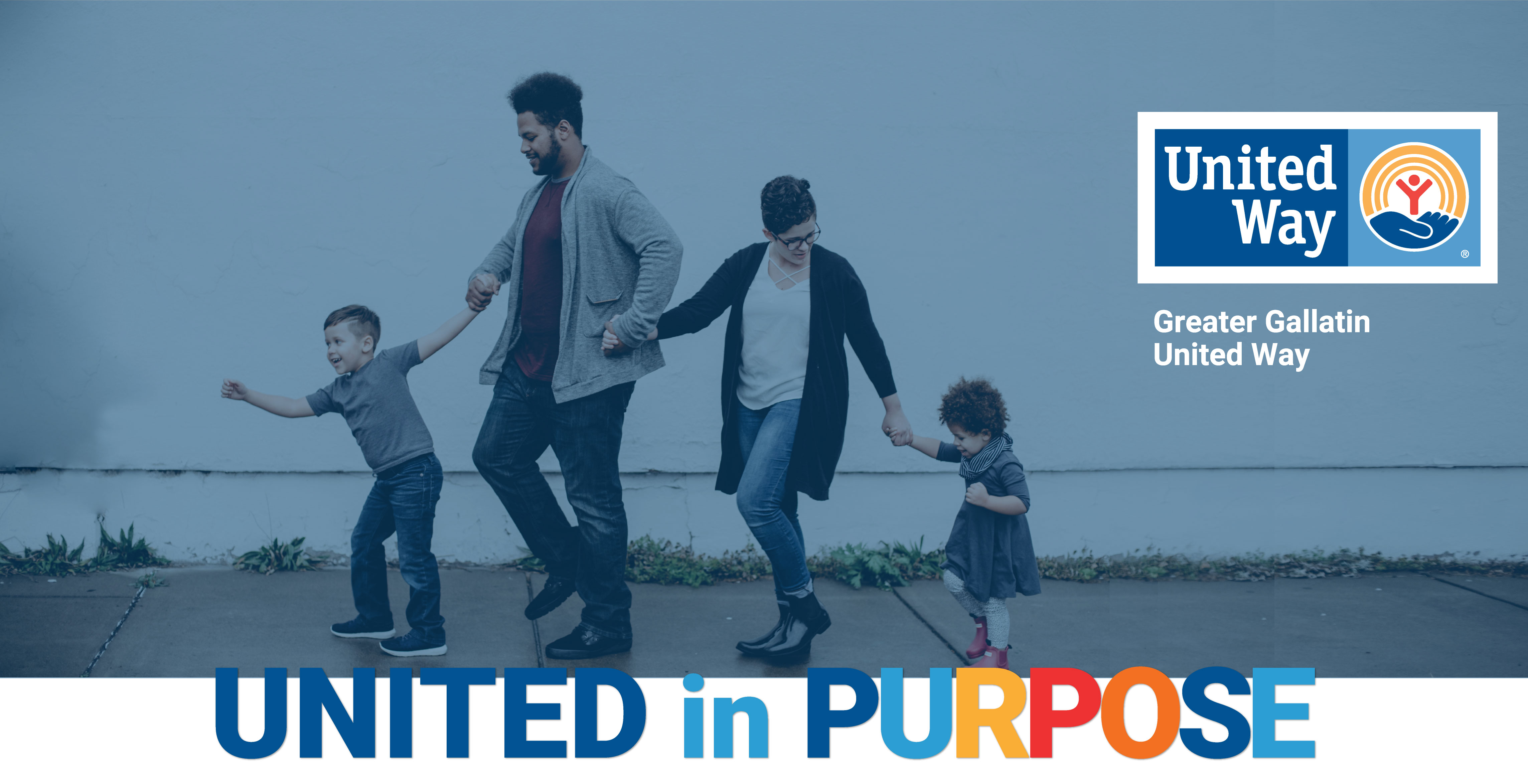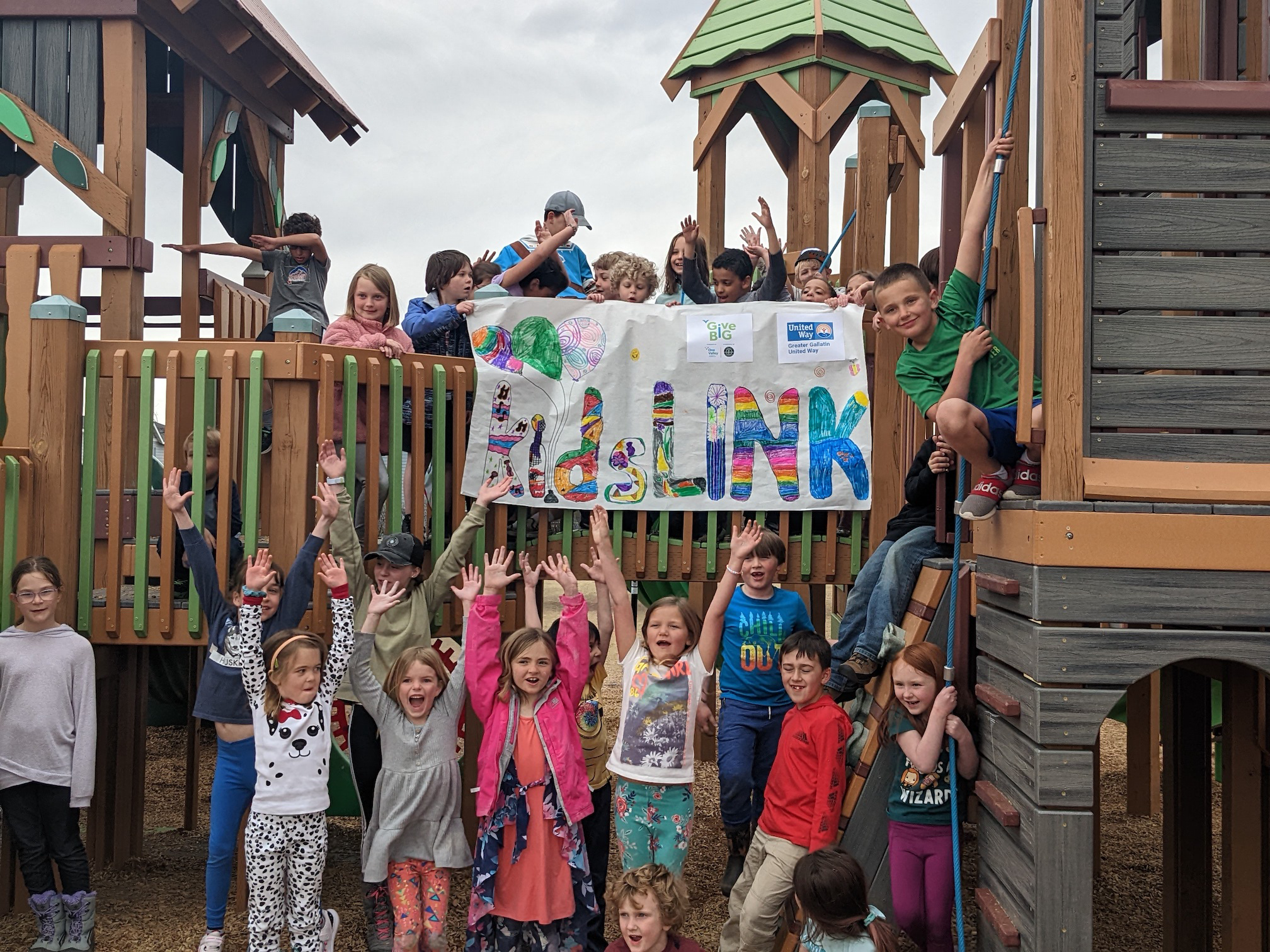
Children have a strong start and a strong foundation for success in school, work, and life.

We empower donors, volunteers, businesses, governments, nonprofits, and community groups to invest in neighbors to improve quality of life for everyone here. Working together, we identify the community’s most critical needs and implement collaborative, innovative solutions to improve lives in Gallatin, Madison, Meagher and Park Counties
Shedding a light on the issue
- Gallatin County has the capacity to provide 33% of the needed early child care slots (Dept. of Labor 2019)
- 37% of children entering kindergarten in Bozeman Schools are not ready to learn and that number remains consistent for reading at grade level by the end of 3rd grade (2015-16 K STAR Assessment)
- $7,900/year is the average cost for child care for a four-year-old and $9,000/year for and infant in MT (MT Budget & Policy Center)
- 66.8% increase in the number of child victims of abuse and neglect in MT since 2015 (Child Welfare League of America 2018)
Meet Britt & Charley
Britt grew up in MT, moved away, and started a family. When she found herself in a difficult situation, she and her two boys returned home to MT to be near her Mom and Dad. Her youngest child, Charley, is four and all things boy. He is full of energy and eager to learn. Like many parents in our community, Britt quickly learned that finding quality child care for Charley was not easy, or affordable. Facing two-to-three year waiting lists and high monthly child care bills, Britt needed to make some tough decisions for the health and financial stability of her family, and the care of Charley.
As a single mother, Britt quickly found herself in a difficult situation. She needed to work to provide for her family. She couldn’t do this without help affording quality care for Charley. Britt knew the importance of enrolling Charley in a good child care program and was afraid that she would have to sacrifice quality, his well-being quality, for cost.
Britt and Charley’s story is one of many in our community. It is a story of finding a way to keep children, families, and our community on track for a bright future. Having access to quality, affordable child care impacts everyone in a community.
The impact of your dollars
- Families have access to early child care & education programs (i.e. Grow 500 new slots)
- Children enter school ready to succeed (i.e. 2,000 children enrolled in Dolly Parton's Imagination Library in zip codes 59715 and 59718 and continues to expand to other areas)
- Students are reading at grade-level by 3rd grade (i.e. GGUW funds and supports direct service/collaborative programs and kidsLINK sites provide homework, reading and other tutoring support)
- All K-5 students have access to after school care (i.e. kidsLINK Afterschool Program is sustainable and continues to grow as our communities grow)
- Parents & caregivers are informed &/or trained on effects of trauma (i.e. 2,000+ attend The Resilience Project learning events and/or caregivers participate in Communities of Practice and Professional Development about ACEs and trauma-sensitive practices)
Are You Ready to LIVE UNITED?
Through community investments and collaborative programs, we can improve lives for everyone.

Factors that contribute to third grade reading proficiency:
The Campaign for Grade-Level Reading is a collaborative effort by foundations, nonprofit partners, states and communities across the nation to ensure that more children in low-income families succeed in school and graduate prepared for college, a career, and active citizenship. The Campaign focuses on the most important predictor of school success and high school graduation—grade-level reading by the end of third grade.
School readiness
Research continues to show that fewer children from low-income families (less than half) are ready for school at kindergarten entry, compared to three-quarters of children from families with moderate or high incomes. For children from low-income families, preschool attendance is one of the strongest factors in school readiness; attending a high-quality early childhood program also predicts higher levels of achievement at age 11. A follow-up study of the Abecedarian Project found that by age 30, participants were four times more likely to obtain a college degree than nonparticipants. Entering school ready to learn can improve one’s chances of reaching middle-class status by age 40. And a study of the Child-Parent Center program found a long-term return to society of $8.24 for every dollar invested during the first four to six years of school, including prekindergarten.
School attendance
A report by Johns Hopkins University researchers suggested that the national rate of chronic absenteeism is 10 to 15 percent, meaning that 5 million to 7.5 million students miss at least 10 percent of their school days every year. The premise that schools fail to detect high levels of chronic absence because of data issues was confirmed by a study conducted jointly by the Child and Family Policy Center and Attendance Works. Other studies confirmed that chronic absence has a negative effect on students’ academic performance and cognitive development, especially for children from low-income families, and several new reports and evaluations measured the quality and effectiveness of chronic absence interventions.
Summer learning
Studies of summer learning programs in several different contexts all confirmed that high-quality summer programs can disrupt learning loss. Research on children from low-income families also offered new evidence that having access to books can ameliorate the summer learning slide and significantly improve scores on state reading assessments; the largest effects were for the most economically disadvantaged children.
Family support
Research published right before Early Warning helped explain how environmental factors like hunger, housing insecurity, parental depression and abuse influence the epigenome (the human “operating system”), making it more likely that specific genes will or will not be expressed. Other new research draws a link between the stress of poverty, hormonal changes and impaired learning ability. However, new research reveals that even after the epigenome has been modified by extreme childhood stress, the damage may be reversed. Furthermore, positive social-emotional experiences for young children, along with supportive family and community environments, reduce the likelihood of negative modifications to the epigenome that might impair learning.



